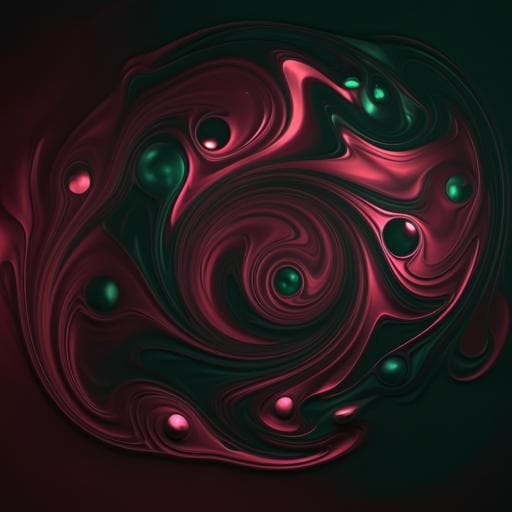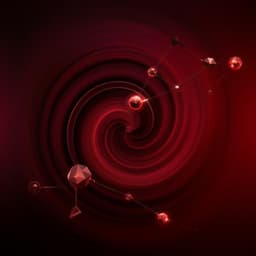
Chemistry
Application of chemometrics for modeling and optimization of ultrasound-assisted dispersive liquid–liquid microextraction for the simultaneous determination of dyes
S. Shojaei, S. Shojaei, et al.
Explore the innovative efficiency of ultrasound-assisted dispersive liquid–liquid microextraction (UA-DLLME) for extracting toxic dyes like malachite green and rhodamine B from water! This remarkable study by Siroos Shojaei, Saeed Shojaei, Arezoo Nouri, and Leila Baharinikoo reveals impressive extraction efficiencies and robust results across various water samples.
~3 min • Beginner • English
Related Publications
Explore these studies to deepen your understanding of the subject.







